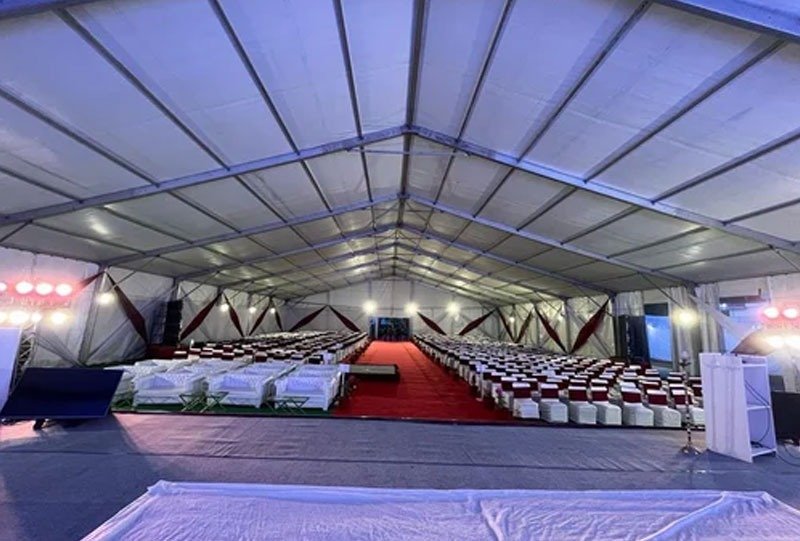Enhancing Events with Speaker & Lighting Towers: The Ultimate Setup Guide
In the world of events, whether it's a corporate gathering, a concert, or a large public event, the quality of sound and lighting plays a crucial role in determining the success of the occasion. One of the key components in achieving high-quality sound and lighting is the strategic use of Speaker & Lighting Towers. These towers not only ensure that every corner of the venue gets the best audio and visual experience, but they also add a professional touch to the overall setup.
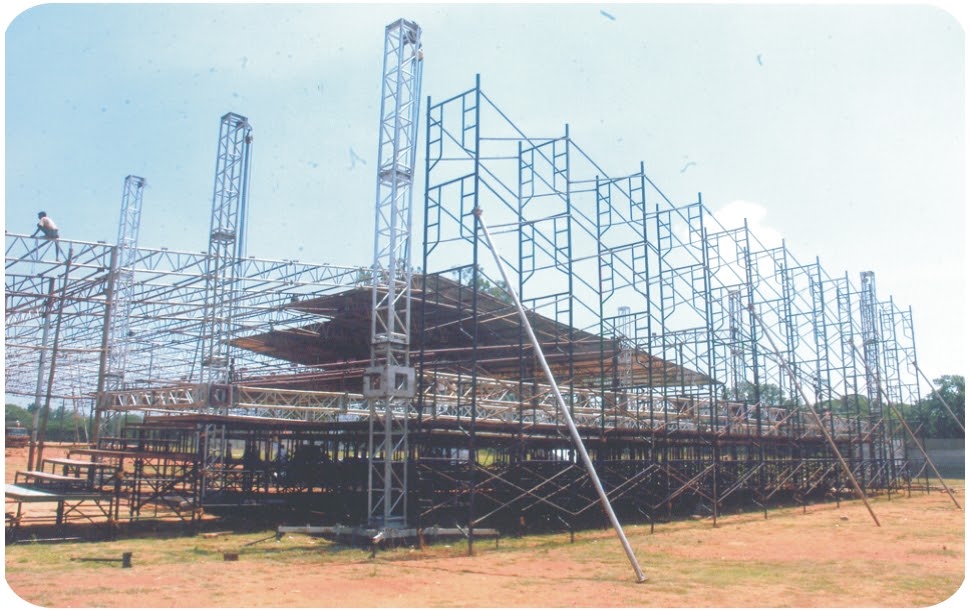
Enhancing Events with Speaker & Lighting Towers: The Ultimate Setup Guide
In the world of events, whether it's a corporate gathering, a concert, or a large public event, the quality of sound and lighting plays a crucial role in determining the success of the occasion. One of the key components in achieving high-quality sound and lighting is the strategic use of Speaker & Lighting Towers. These towers not only ensure that every corner of the venue gets the best audio and visual experience, but they also add a professional touch to the overall setup.
Why Are Speaker & Lighting Towers Important?
When it comes to organizing an event, sound and lighting can make or break the entire experience. Here’s why Speaker & Lighting Towers are so essential:
Uniform Sound Distribution: Speaker towers ensure that sound reaches every part of the venue. Without them, the audience closer to the stage might be overwhelmed by sound, while those farther away might struggle to hear clearly.
Enhanced Visibility: Lighting towers help light up the entire venue, making sure that the audience can clearly see the stage, the speakers, and any performers. They can also be used to create stunning visual effects.
Professional Aesthetic: Towers lend a professional and polished look to events. They show that you’ve taken the time to set up high-quality equipment, ensuring that both sound and lighting are managed effectively.
Improved Safety: Using towers for speakers and lighting means that all equipment is securely elevated, reducing the risk of accidents caused by cables on the ground or heavy equipment placed in unsafe locations.
Choosing the Right Speaker & Lighting Towers
Selecting the right Speaker & Lighting Towers for your event depends on several factors such as the size of the event, the venue, and the specific technical requirements. Here’s a breakdown of what to consider:
1. Event Size & Venue Type
Different events have different needs when it comes to sound and lighting. Here’s how to tailor your setup to the event type:
Small Indoor Events: For smaller spaces like conference rooms or intimate concerts, compact towers will do the job. In these settings, you don’t need massive towers, but you still want to ensure that sound and lighting are distributed evenly across the room.
Large Outdoor Events: If you’re organizing a concert, festival, or large outdoor gathering, you'll need taller and more powerful towers. This will ensure that sound travels across a larger distance and that lighting covers the entire venue.
2. Types of Speakers & Lights to Use
Not all Speaker & Lighting Towers are the same. The type of equipment you use should match your event’s needs.
Speakers: For clear and powerful sound, use line array speakers. These are designed to cover large areas without losing clarity. If the event is smaller, a traditional speaker system might be more appropriate.
Lighting: Depending on the atmosphere you're trying to create, your lighting needs may vary. Consider using LED lights, spotlights, and moving head lights to create dynamic visual effects. Don’t forget to factor in ambient lighting for mood and accent lighting for focus areas.
3. Height and Placement of Towers
The height of your Speaker & Lighting Towers is crucial to ensure optimal sound and lighting distribution. Here’s what you need to know:
Speaker Towers: Speakers should be elevated to project sound evenly across the venue. The ideal height for outdoor events is typically 6-10 meters, depending on the size of the crowd. For indoor events, speakers should be high enough to clear obstacles like furniture or pillars.
Lighting Towers: Lighting should be placed high enough to illuminate the stage and audience without causing glare. For outdoor events, consider towers that are 6-8 meters high, while indoor events might require slightly lower towers to avoid casting harsh shadows.
4. Stability and Safety
Safety should always be a top priority. Ensure that the towers are stable and securely anchored, especially for outdoor events where wind can be an issue. Many Speaker & Lighting Towers come with features like outriggers or ballast systems to keep them stable, even in challenging conditions.
5. Power Requirements
Both sound and lighting equipment require a lot of power, so make sure you have adequate electricity to support the towers. It’s important to plan your power supply carefully and have backup generators in place, especially for larger events. The last thing you want is to experience technical difficulties during the event due to a power outage!
Step-by-Step Setup Guide for Speaker & Lighting Towers
Now that we’ve covered the key considerations, let’s walk through the process of setting up Speaker & Lighting Towers for an event.
Step 1: Survey the Venue
Before you begin, take the time to thoroughly survey the venue. Identify where the stage, audience, and other key areas will be. Make sure there’s enough space for the towers and that there are no obstructions.
Step 2: Determine the Best Locations for Towers
Strategic placement of towers is essential for achieving the best sound and lighting coverage. Here are some tips:
For Speakers: Place the speaker towers to the left and right of the stage, slightly angled toward the audience. For large outdoor events, consider placing additional speakers midway through the crowd to ensure even sound coverage.
For Lighting: Lighting towers should be placed at the front, sides, and sometimes the back of the stage. This ensures that the stage is lit from multiple angles, creating a balanced visual effect.
Step 3: Set Up the Towers
Follow these steps to set up the towers:
Assemble the Towers: Most Speaker & Lighting Towers come in parts that need to be assembled. Make sure all components are securely attached.
Mount the Equipment: Once the towers are set up, carefully mount the speakers and lights. Ensure that everything is fastened securely to avoid accidents.
Test Stability: Before powering up the equipment, double-check that the towers are stable. If necessary, add extra support using guy wires or additional weights.
Step 4: Connect the Power
Once the towers are in place, run power cables from the generators or power source to the equipment. Be careful to avoid running cables across high-traffic areas to prevent tripping hazards. If unavoidable, tape them down securely.
Step 5: Test the Sound and Lighting
Before the event starts, test both the sound and lighting systems to make sure everything works as intended. Walk around the venue and listen to the sound from different locations to ensure it’s clear and evenly distributed. Do the same for lighting—make sure all areas of the stage are well-lit and that the visual effects are functioning properly.
Enhancing the Event Experience with Advanced Technologies
While the basic setup of Speaker & Lighting Towers is important, you can take things to the next level by integrating advanced technologies.
1. Wireless Systems
Many modern speaker and lighting systems can be operated wirelessly. This allows you to control everything remotely, making it easier to adjust sound and lighting levels on the fly without having to physically interact with the equipment.
2. Automated Lighting
Automated lighting systems can be programmed to create dynamic light shows that are synced with music or the event’s schedule. This is especially useful for concerts and performances, where lighting plays a critical role in setting the mood.
3. 3D Mapping
For a truly stunning visual experience, consider using 3D projection mapping. This technology allows you to project images onto the stage or other surfaces, creating a surreal, immersive environment for your audience.
Conclusion
Whether you're organizing a small indoor gathering or a massive outdoor concert, Speaker & Lighting Towers are essential tools for enhancing the event experience. By choosing the right towers, setting them up correctly, and leveraging advanced technologies, you can ensure that your event runs smoothly and leaves a lasting impression on your audience. Proper sound and lighting aren’t just technical details—they’re critical components that define the atmosphere and professionalism of your event.With careful planning and execution, your event’s Speaker & Lighting Towers will not only elevate the quality of sound and visuals but also contribute to a memorable and immersive experience for everyone involved.

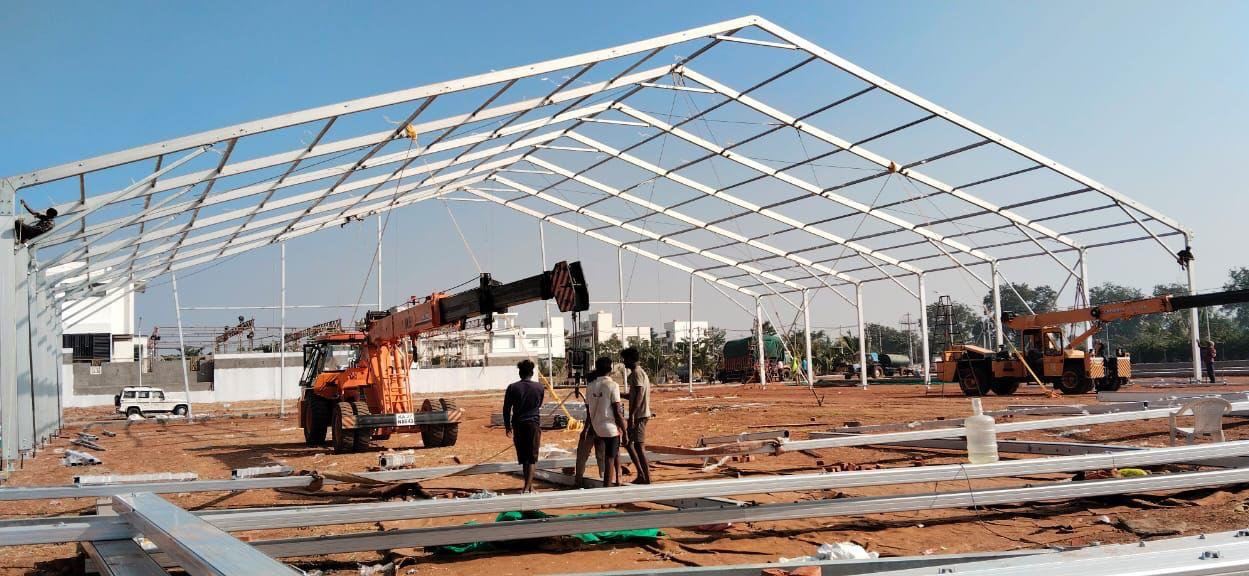
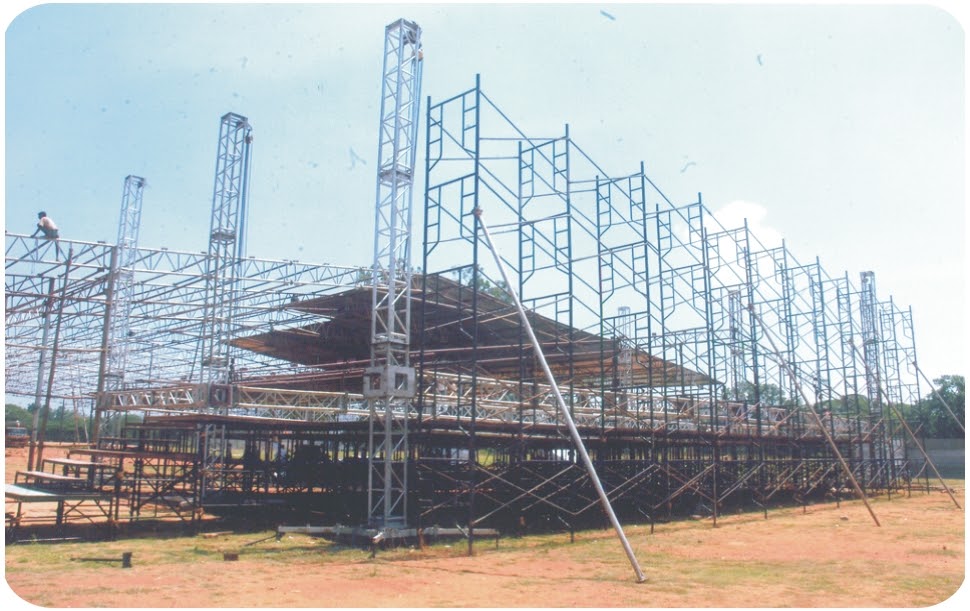
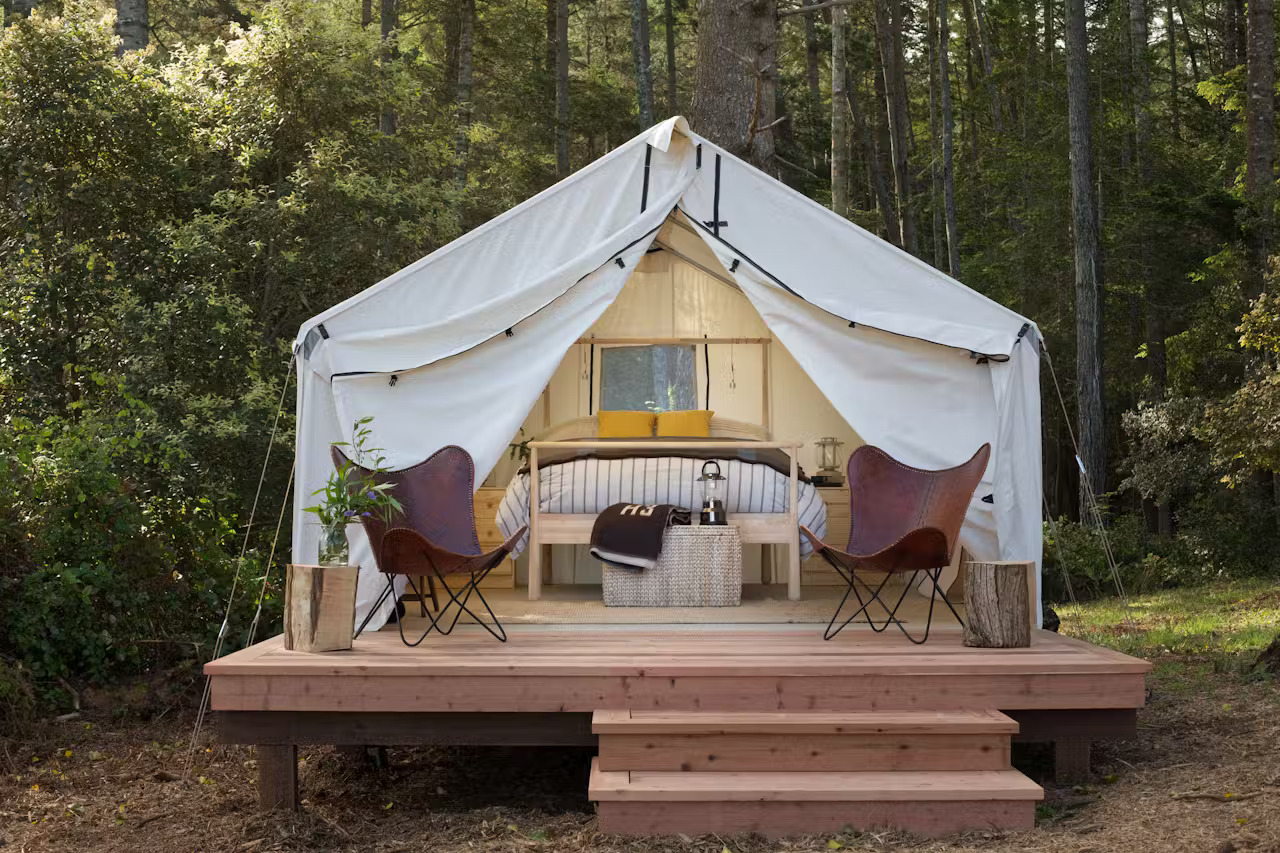
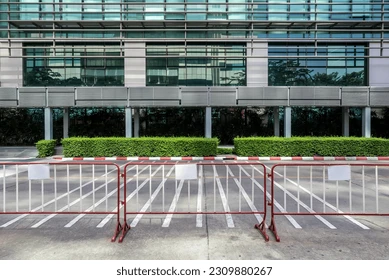

.jpeg)
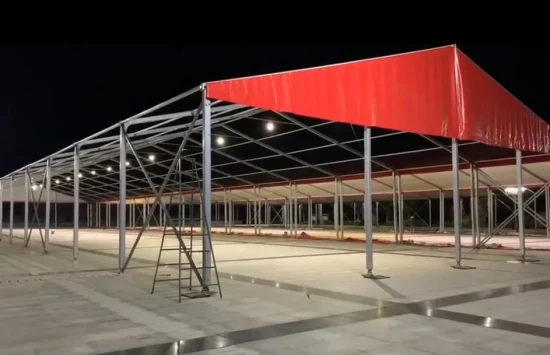
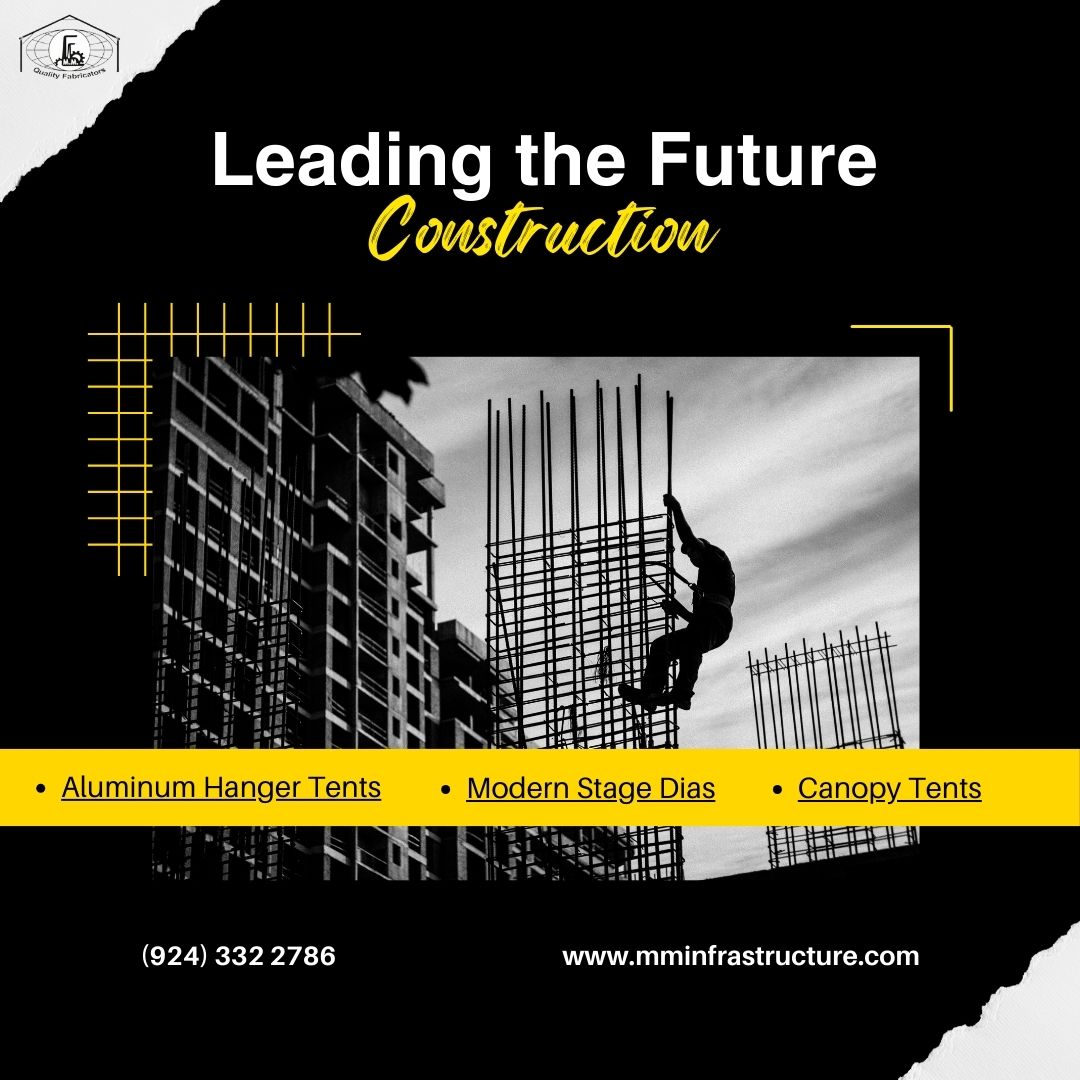

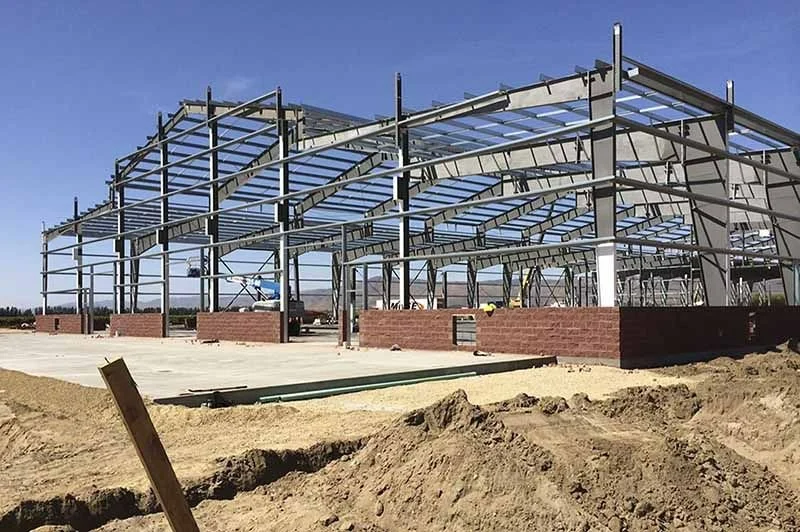

.webp)
